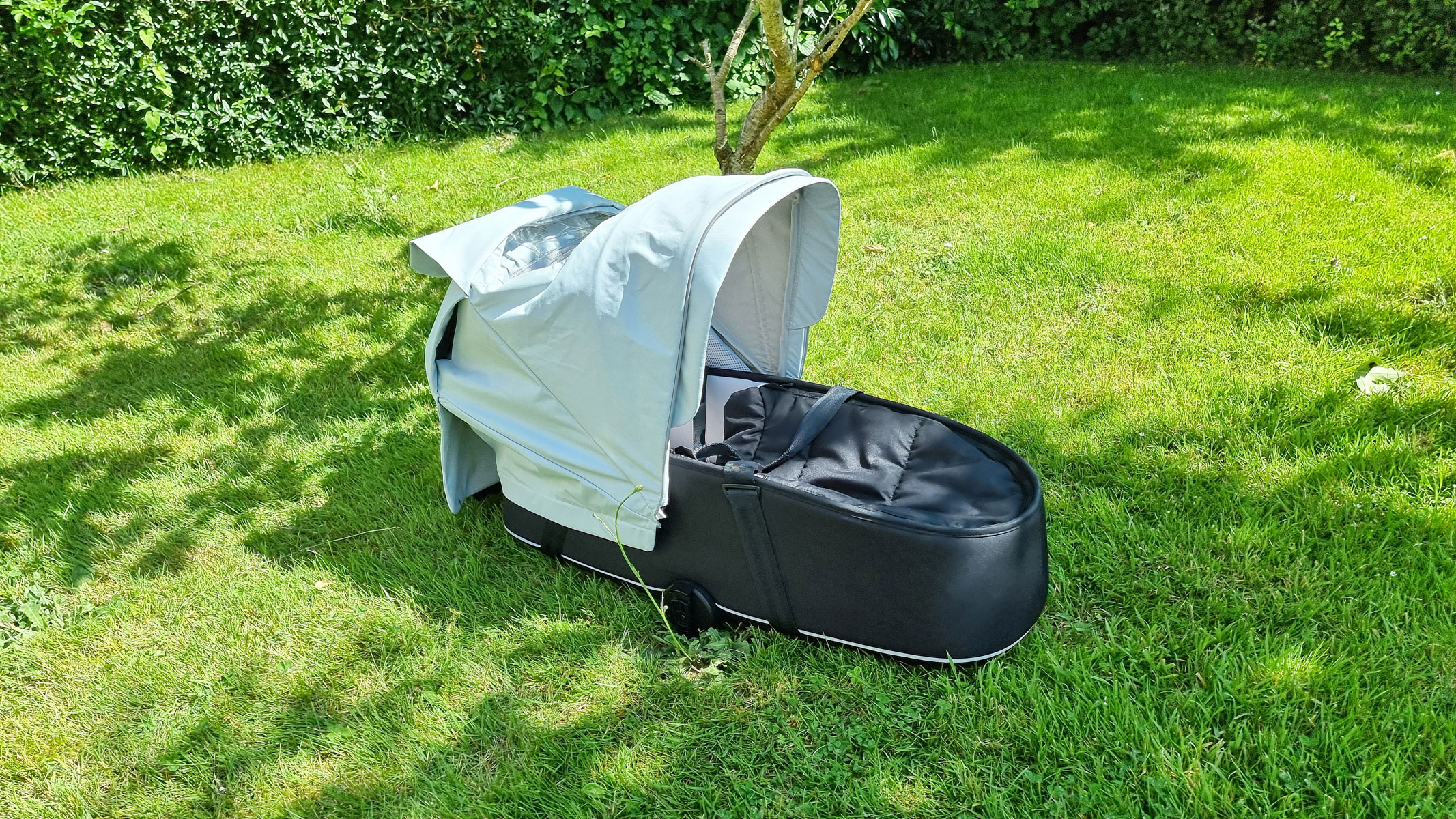Voting is a fundamental act in our democracy—and the more people vote, the stronger our democracy becomes.
Achieving that—and ensuring that every eligible voter can register and cast their ballot without barriers or fear of repercussions—should be a guiding principle for anyone who truly believes in our democracy. And yet, in the run up to the 2024 election, anti-democratic efforts to suppress the vote have moved at a near-record pace.
This includes focused and intensifying efforts to target and suppress the student vote. Students have long faced challenges navigating structural obstacles to the polls. A lack of time, information, and access to polling places are all well-documented barriers that students face, disproportionately so for students of color and students with disabilities.
Now, however, those who seek to reduce student voter turnout are actively deploying a barrage of additional obstacles to voting. We hope that providing information about these tactics will empower students, educators, and college administrators who believe in our democratic principles to better understand what’s happening and enable them to take steps to protect our right to vote.
Below, we highlight four common tactics being used to suppress campus voting across the country.
Tactic 1: Create barriers to student voter registration
In most states, it is up to the individual to register to vote on their own. Making the voter registration process more difficult is one of the most common forms of voter suppression.
For students, who are often first time voters, understanding the rules regarding registration is already cumbersome; in 2016, 20 percent of youth with college experience reported that problems with voter registration were the reason that they did not vote.
It is encouraging that voter registration among students has steadily increased in recent years, but several states have made it more difficult to maintain the trend by creating new barriers to registration. This includes limiting the window of time in which eligible voters can register and creating restrictive requirements for specific documents to prove citizenship.
In Kansas, for example, a law passed in 2021 restricts who can register voters and how to process their forms. Jurisdictions in some states also purge voter rolls, with voters often learning they are no longer registered only when they arrive at their polling place. In Florida, for example, voter rolls are cleaned annually, and in Georgia, voters are purged every other year.
And even where the state legislature mandates registration, compliance is an issue. In Texas, for example, where public high schools must offer voter registration to eligible students twice a year, only a fourth of high schools in the state comply with the requirement.
Tactic 2: Limit allowable forms of voter ID
Voter identification laws vary from state to state. Currently, 36 states require some sort of identification at the polls. While not all voter ID requirements are discriminatory, strict photo ID laws make voting burdensome by allowing only a limited set of government-issued identification at the polls. This can present challenges for student voters; they are less likely, for example, to have a driver’s license.
In many states, a campus student ID is a valid form of voter identification. In several states, however, additional requirements exist that make student IDs unacceptable at the polls. For example, in Georgia, only student IDs issued from public colleges are valid, disenfranchising voters from seven out of ten of Georgia’s historically Black colleges and universities.
It’s the same in Arizona, where again only student IDs from public colleges are acceptable – plus they also must include an address, which currently no public universities include on their ID cards. In five states – North Dakota, Ohio, South Carolina, Tennessee, and Texas – state legislatures have completely banned the use of student IDs. Idaho will join them in January 2024.
More state legislatures are also considering or introducing restrictions on voter ID. Proponents of such strict laws falsely claim that they prevent widespread voter fraud, even though instances of fraud are exceptionally rare. However, universities have felt the impact of these restrictions.
“Universities have had to decide one by one whether they want to modify their IDs to make them acceptable, issue a second ID for voting purposes or do nothing,” said Barry Burden, the director of the Elections Research Center at the University of Wisconsin-Madison in an article by the New York Times. “And they’ve all gone in different directions.”
Tactic 3: Limit access to campus polling places
College students have cited both a lack of transportation and inconvenient hours and locations of their polling places as barriers to casting their ballots. A study from researchers at Duke University found that in 2020, 74% of colleges did not have any in-person voting options – early or on Election Day – available on campus. The study further found that this lack of access was more pronounced for students at 2-year community colleges than 4-year institutions, and for colleges serving primarily students of color.
Having polling places at convenient campus locations can make voting more accessible to all students, who may need to vote in between classes, exams, or work shifts. Prominent conservative legal strategists, however, have advised against campus polling places as part of a concerted effort to limit campus voting. Since 2022, colleges in Texas and Florida have already relocated polling places away from centers of student life. Republican Texas State Representative Carrie Isaac has even introduced a bill that would ban counties from putting polling places on Texas college campuses altogether.
“For many of the students who live on campus, this is their only opportunity to be able to vote,” Amber Mills, an advocacy organizer with MOVE Texas, said in an article in the Daily Texan. “Between busy class schedules, working long hours and working multiple jobs, sometimes they can’t really get on or off campus to go to a different polling location.”
Tactic 4: Restrict early, mail-in, or absentee ballots
Just like registration and voter ID requirements, options for early, mail-in, and absentee ballots vary state by state. In the same study from Duke University referenced above, researchers found that 90% of campuses had no early voting options. Expanding these options can encourage voter turnout; since 2020, these options have become more popular with voters as well.
Since 2020, however, several states have restricted access to early voting. Opponents have relentlessly attacked mail-in voting in particular, ignoring the overwhelming success and popularity of this method of voting. Following the 2020 election, 18 states passed laws that limited access to mail-in voting. In Texas in 2022, a new law resulted in a 12.4% rejection rate for mail-in ballots, versus 0.8% in 2020.
Don’t stand for it
Efforts to suppress campus voting are anti-democratic and unacceptable. While suppression tactics vary, they all lead to the same result – a weakened democracy. Everyone should have access to the polls on election day.
Whether you are a student, staff, or faculty member at a university, it’s important to familiarize yourself with your state’s laws and connect with those working to protect our vote, such as Students Learn Students Vote, Faculty Network for Student Voting Rights, or UCS’s Science for a Healthy Democracy campaign.

 1 year ago
43
1 year ago
43


